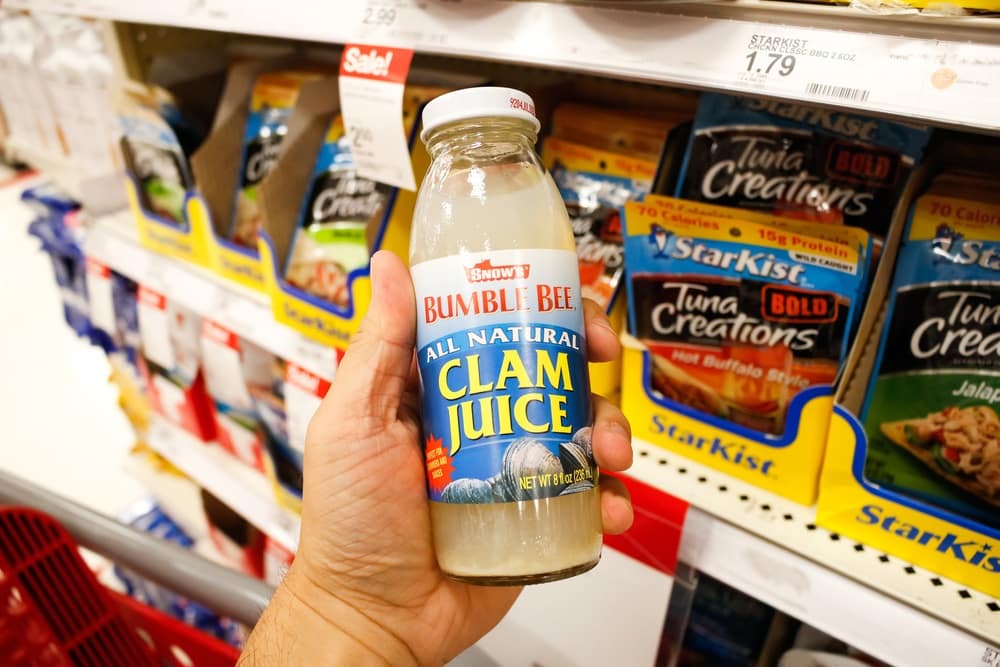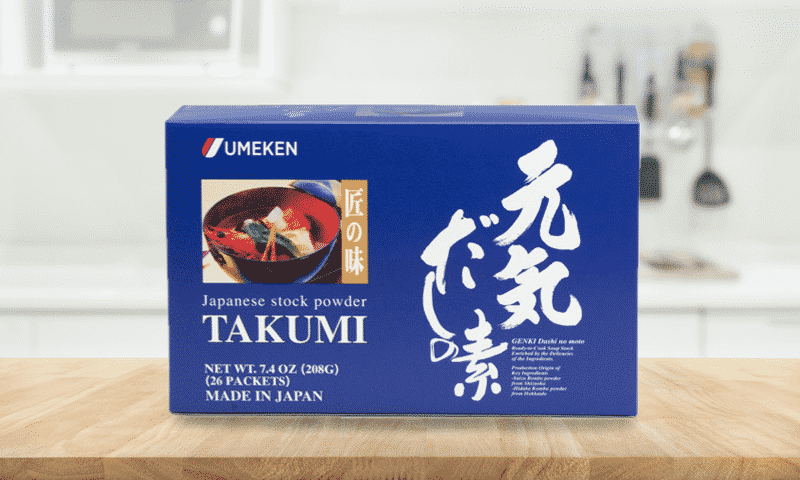
It goes without saying that not everyone likes seafood because of its distinctive flavor. On the other hand, people who like it are all for it and happen to be highly particular about the flavor.
However, its distinct flavor is not the only reason it is widely liked worldwide. Seafood is fully enriched with all the essential nutrients that benefit your body.
It does wonders for your well-being, and as a result, not only do you look good, but you also feel energetic.
With that being said, you cannot talk about seafood without discussing the seafood stock. It is a stock made of water, fish sauce, tomato, onion, and several other ingredients and seasonings and is a mainstay in many kitchens.
There are many reasons to love the seafood stock, but it stands out the most because it costs next to nothing.
It could be made of the shells and bones you otherwise would have thrown away, making it a perfect choice for people with low kitchen budgets. All in all, seafood stock is as good as anything.
If the benefits mentioned above have sparked an interest in your mind and you are about to head to your local grocery store to grab a seafood stock, one thing that may offend you is that it is not used in all regions of the world.
While it’s commonly found in most areas in America and most European countries, you may not find it in Asia and other world regions. So, what to do if you can’t get your hands on the seafood stock?
Well, opting for its substitutes instead would be the most viable option. So, today, we are sharing the most suitable seafood stock substitutes in this article to help you out!
Seafood Stock Substitutes
Fortunately, there are plenty of substitutes for seafood stock available in the market.
1. Fumet

Fumet, commonly known as fish stock, can add a savory taste and flavor to seafood recipes. Fumet is widely used in seafood dishes, soups, and sauces.
The best thing about fumet is that it can replace seafood stock even in bouillabaisse. It is made by simmering the heads and bones of the non-fatty fish, such as white fish or halibut.
Fumet tends to have a clear and delicate liquid, but the fish flavor is pretty intense. However, if fats are added to make fumet, it will produce gelatin. However, it’s not a reason to worry about as it can be easily skimmed off.
If you want to make fish stock at home, you’d be glad to know that making it is an absolute cinch if you have all the ingredients. Start by drizzling some olive oil on a stockpot and heating it for several minutes.
After some time, add a few peppercorns, cloves of garlic, and a couple of bay leaves. Saute them all for several minutes at medium heat. Now, add a few green onions and leeks to the stockpot and fry them for a few minutes too.
Once they are fried, cut a carrot into relatively bigger chunks and add them to the stockpot and again, saute them for two more minutes. This may sound tedious, but remember, patience is the key to well-cooked fish stock.
Now, add fish heads and prawn heads and continue frying for five more minutes. After five minutes, add fresh parsley and fresh salt, and half-fill the stockpot with water.
Once you have put all the ingredients, cover the pot and set the pot on medium-high heat. After several minutes, you’d notice that the water has started boiling.
As it reaches its boiling point, reduce the heat to medium and cover the pot for 10 to 12 minutes. Once it has simmered for enough time, turn off the heat, and your fish stock is ready! Consider filtering with a strainer before serving.
2. Clam Juice

Clam juice here refers to bottled clam juice in particular. In case you could not find seafood stock, know that clam juice is its readily available substitute.
It’s pretty delicious and is used in several recipes. All in all, the flavor is pretty similar, and the texture is clear.
As mentioned earlier, you can easily find clam juice in the market. However, if you want to make it at home, the process is also quite simple. Before you start, make sure to clean all the clams properly.
For this purpose, it’s recommended to use a seafood brush. Scrub the opening of the clam with a brush because that’s the area where sand settles in. However, you can use any brush if you don’t have a seafood brush at home.
If properly sealed and not opened, clam juice holds its quality for months. However, it is fit to use for two weeks only if you have opened it. Consider refrigerating it to maximize its shelf-life.
3. Vegetable Stock

If you cannot find a seafood stock, vegetable stock is the perfect option for you. It can be easily added to the recipe, making it easy to blend.
As far as the vegetable stock is concerned, it is available in concentrated, dried, and liquid form, which means it can be used in whichever way you like. Some people prefer using lamb or beef stock.
However, the problem with those stocks is that they don’t deliver the fish-like flavor. In the end, it all comes down to your personal preferences.
In case you cannot even find vegetable stock, it’s best to opt for the mushroom stock because it delivers an intense flavor. Even more, the flavor will be more intense than vegetable stock.
4. Takumi Stock Powder

Although the Takumi stock powder is not among the most widely used substitutes out there, it’s an excellent substitute for seafood stock.
The best thing about Takumi stock powder is that it can be easily found at most Asian supermarkets. It is usually made from kelp and mushroom, which delivers an intense flavor and aroma.
In particular, it has the umami-salty flavor that every foodie loves. In case you want to use it in liquid form as you are substituting seafood, consider diluting this powder with water.
5. Shrimp Or Prawn Stock

For the most part, shrimp or prawn stock is pretty similar to seafood stock. The flavor also resembles a lot, but the major difference is that shrimp stock is made from different ingredients.
Usually, these stocks are made from ingredients taken from the sea. Expectedly then, it has that fishy flavor. However, this stock is not recommended for people with allergies.
Shrimp or prawn stocks can be made by boiling shrimps or prawns with water and salt. Even more, you can add other ingredients based on your specific flavor profile.
Even if you cannot find the prawn or shrimp stocks, you can opt for crab, crawfish, mussel, or lobster stocks.
6. Chicken Stock

Before you move to other substitutes, it’s best to experiment with chicken stock. It’s a common misbelief that lamb and beef stock delivers a similar flavor profile to chicken stock and could be used instead.
However, as it turns out, they all have entirely different flavors. The chicken stock has a white color which looks like a seafood flavor, and it doesn’t create an overwhelming flavor either.
In addition to it, the chicken stock is available in various forms, such as liquid, concentrate, or dried form, so choose according to your recipe.
7. Dashi

Dashi is actually a form of fish stock that is made from a combination of seaweed and fish flakes. Dashi tends to have umami and salty flavors. The best thing about this substitute is that it’s readily available in the market.
Apart from that, it also has the vegan version, which is made from shitake mushrooms and kombu kelp. It could also be made at home and could be used to make various dishes.
